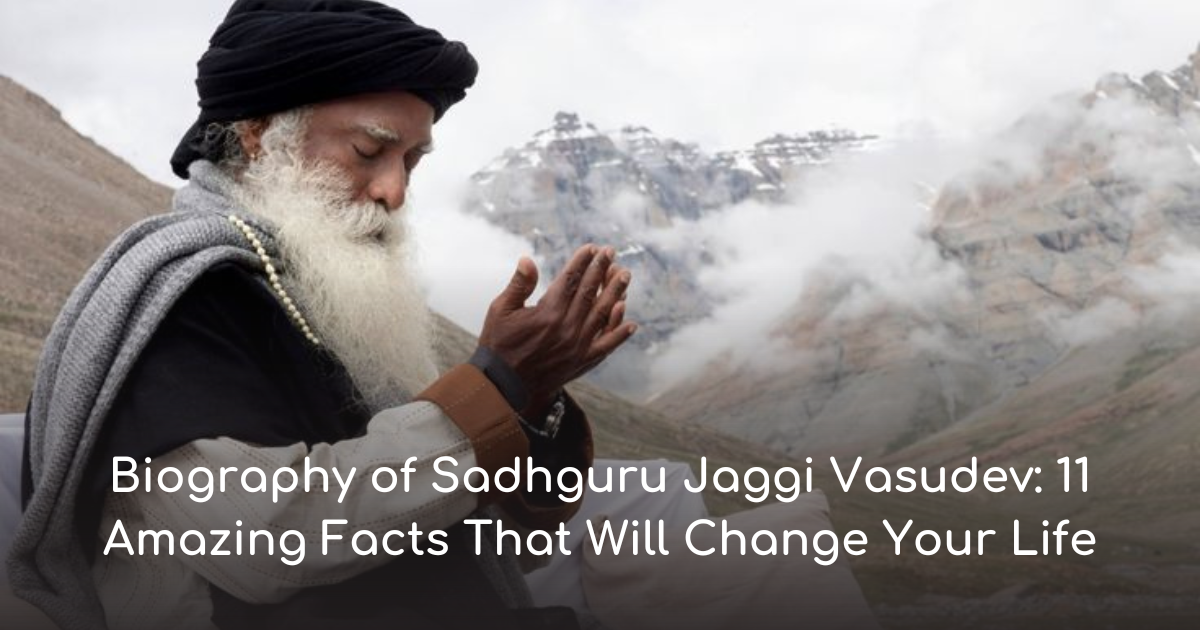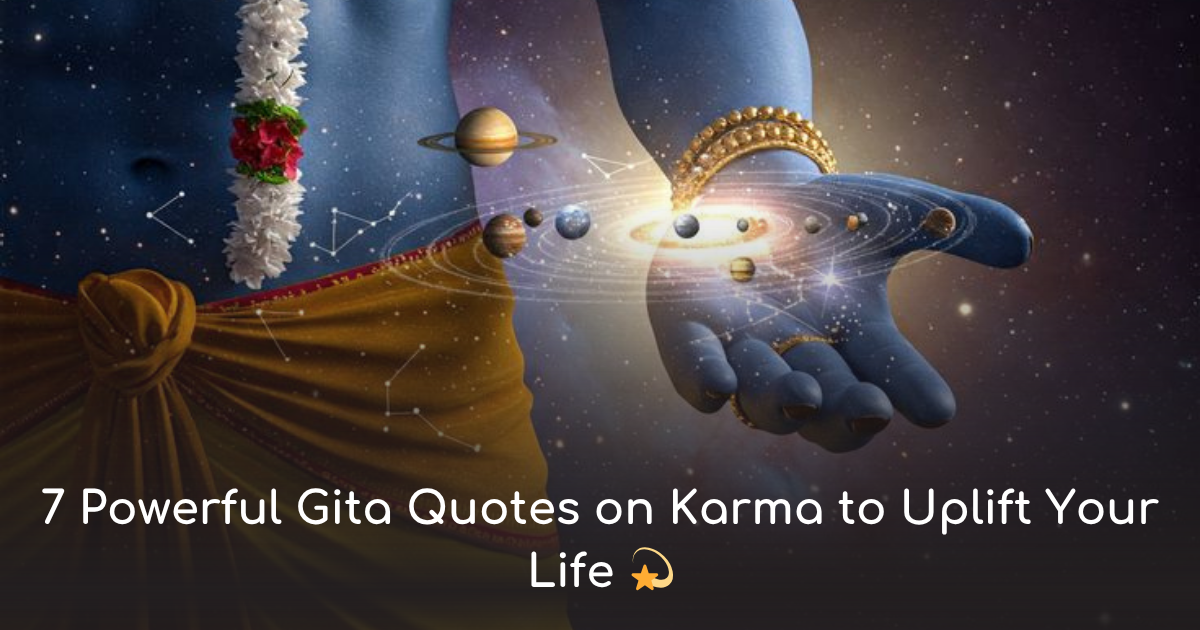ram setu secrets: 7 inspiring truths you must know

Uncover the mystery of Ram Setu: Myth or reality? Explore science, history, and spirituality behind this ancient bridge between India and Lanka.
Ram Setu: The Mysterious Bridge Between Myth and Science
Introduction: The Enigma of Ram Setu
The ancient bridge known as Ram Setu is one of the most captivating mysteries in Indian history. Often referred to as Adam’s Bridge, this chain of limestone shoals stretches from Dhanushkodi in India to Mannar Island in Sri Lanka. Mentioned prominently in the epic Ramayana and debated vigorously by scientists, historians, and spiritual seekers alike, Ram Setu is more than just a physical formation—it’s a spiritual symbol, a historical debate, and a geological marvel rolled into one.
In this blog, we’ll explore the origins, scriptures, scientific studies, floating stones, controversies, and travel experiences surrounding Ram Setu. Whether you're a believer in the legends or a follower of science, Ram Setu offers something deeply intriguing for everyone.
🕉️ The Legendary Origins of Ram Setu
According to Valmiki Ramayana, Ram Setu was constructed by Lord Rama's vanara sena (monkey army) to cross over to Lanka and rescue Sita from the demon king Ravana. With the help of Nal and Neel—engineers of the vanara army—the bridge was constructed using floating stones inscribed with Lord Rama’s name. The construction is said to have taken just five days and stretched over 30 kilometers across the sea.
Other versions of the Ramayana, such as Kamba Ramayanam, also confirm the miraculous construction of Ram Setu. The story is a cornerstone of faith for Hindus, symbolizing devotion, strategy, and divine support.
📖 Historical Mentions and Cultural Legends
Ram Setu’s presence isn’t limited to epics. Historical texts and foreign travelers have made reference to this unique formation:
-
Ancient Persian and Arab maps refer to the region as “Set Bandhai” meaning “Bridge of the Sea.”
-
In Tamil culture, it is known as “Sethu Palam.”
-
British cartographers marked it as “Adam’s Bridge” based on Islamic tradition, which believes Adam crossed the bridge after being expelled from Eden.
Legends, both Indian and foreign, have kept the tale of Ram Setu alive across centuries.
🧪 Scientific Perspective and Geological Studies
Modern science approaches Ram Setu with a curious and skeptical lens. Geologists categorize the bridge as a natural sandbar formation composed of limestone shoals. The Geological Survey of India (GSI) and National Institute of Oceanography (NIO) have both conducted studies suggesting that it could have been formed through sedimentation, tidal actions, and coral formations.
However, the alignment and length of Ram Setu—a near-perfect bridge-like formation—raise questions even among scientists. Some argue that it shows signs of human modification, though not conclusive.
🛰️ NASA’s Satellite Images and Public Curiosity
In 2002, satellite images released by NASA caused a media frenzy. The photos showed a clearly visible bridge-like structure under the ocean’s surface. Many claimed this as scientific validation of the Ram Setu in Ramayana, sparking renewed interest across the world.
However, NASA issued a clarification: while the images are real, NASA does not make claims about the bridge’s origin—natural or man-made. Despite this, the visuals strengthened belief among spiritual followers, proving how powerful faith can be in interpreting science.
📍 Geographical Features and the Bridge’s Location
Ram Setu lies between the southern coast of Tamil Nadu (Dhanushkodi) and the northwestern coast of Sri Lanka (Mannar Island). It spans approximately 30 km, with water depth varying from 1 to 10 meters.
Key geographical highlights include:
-
Shallow ocean floor
-
Linearity of shoals resembling a causeway
-
Unique formation not found elsewhere in the region
Whether natural or man-made, this bridge-like formation remains a unique and significant part of India’s coastal geography.
⚔️ The Sethusamudram Shipping Canal Controversy
The Sethusamudram project, proposed by the Indian government, aimed to create a shipping route between India’s east and west coasts by dredging a portion of Ram Setu. This sparked widespread protests and legal battles.
Religious leaders, environmentalists, and historians opposed the project for several reasons:
-
Cultural heritage: Destroying a sacred site like Ram Setu is seen as an attack on faith.
-
Environmental risk: Dredging may impact marine biodiversity and coral life.
-
Legal status: The Supreme Court of India put a stay on the project and demanded a balanced study.
The controversy continues to this day, with Ram Setu becoming a symbol of both environmental and religious preservation.
🧊 The Floating Stones of Ram Setu
One of the most mysterious aspects of Ram Setu is the floating stones found near Rameshwaram. Local legends say these stones were used by the vanara sena to build the bridge. They have been shown to float in water despite appearing to be dense.
Some scientists explain this phenomenon using terms like pumice stones (volcanic rocks with air pockets), but these are not naturally found in the region. Other theories involve trapped air cavities or coral-like porous textures.
Even today, some temples and private collections claim to possess these stones. Videos of them floating have gone viral, and they continue to spark both wonder and skepticism.
🏚️ Dhanushkodi: The Last Town Before Ram Setu
Once a thriving town and trade route to Sri Lanka, Dhanushkodi was destroyed in the 1964 cyclone. Today, it stands as a haunting yet spiritually significant ruin.
Visitors come to:
-
View the last land point before Ram Setu begins
-
Visit the Rama Sethu viewpoint, a government-designated tourist spot
-
Explore Rameshwaram Temple and Setu Theertham
For pilgrims and tourists alike, Dhanushkodi offers a peaceful glimpse into history, tragedy, and devotion.
🚌 Planning a trip to Dhanushkodi and Ram Setu? Use TravelEscape.me for smooth transportation, guided tours, and budget-friendly spiritual travel packages.
🌟 To Be Continued...
In Part 2, we’ll uncover more mysteries around Ram Setu, discuss the deeper philosophical and cultural implications, and explore how this sacred path remains a powerful symbol in today’s world.
👉 Let’s continue the rest of the signs and the action plan in Part 2 – you don’t want to miss it!
🕉️ Ram Setu and Hindu Pilgrimage Significance
Ram Setu is more than just a relic from the Ramayana; it's a living pilgrimage site deeply revered by Hindus across the world. For those on a spiritual quest, the journey to Rameshwaram and onward to Dhanushkodi is a path of devotion, reminiscent of the journey Lord Rama once undertook.
Pilgrimage sites connected to Ram Setu:
-
Rameshwaram Temple, where Lord Rama is believed to have worshipped Shiva after defeating Ravana
-
Setu Karai, a sacred point believed to be the starting spot of the bridge
-
Theerthams (sacred water bodies) like Agni Theertham and Setu Theertham, where rituals and holy dips take place
Every year, thousands walk these holy shores, trying to relive the steps of their divine ancestors. It’s a spiritual revival of India’s ancient legacy.
🧠 Is Ram Setu Real or Just a Myth?
This question has stirred debates for decades. For believers, Ram Setu is an unquestionable fact, written in scriptures and proven by floating stones and oral traditions. For skeptics, it's a geological formation shaped by tides, currents, and sedimentary action over time.
Let’s examine both perspectives:
💠 Believer’s View:
-
Textual evidence from multiple versions of Ramayana
-
Local testimonies and temple traditions
-
Floating stones and aligned bridge-like structure
-
Faith transcends scientific explanations
🔬 Scientific View:
-
Lack of definitive archaeological proof of human construction
-
Carbon dating reveals the sand shoals are 7,000 years old, while the top layer is younger
-
Geological processes could explain the shape and positioning
Ram Setu ultimately exists at the crossroads of faith and fact, belief and evidence. It doesn’t need validation from modern science to be meaningful; its power lies in the devotion it inspires.
🎞️ Ram Setu in Media and Pop Culture
In recent years, Ram Setu has found renewed life in films, documentaries, and digital media. From television serials to Bollywood movies, Ram Setu’s legacy is reaching a new generation.
-
"Ram Setu" (2022 Bollywood film) starring Akshay Kumar attempted to blend myth and science into a thrilling narrative.
-
Multiple documentaries by History Channel and National Geographic explore the scientific and cultural relevance of the bridge.
-
YouTube channels, spiritual podcasts, and social media reels continue to fuel interest in the mystery.
Such portrayals help transform Ram Setu from a niche topic into a national and global phenomenon.
📌 How to Visit Ram Setu – Travel Essentials
If you’re planning to visit Ram Setu, here’s a quick travel guide to help you make the most of your journey:
🛕 Key Destinations:
-
Rameshwaram Temple: The starting point of spiritual pilgrimage
-
Dhanushkodi Beach: Closest accessible point to Ram Setu
-
Setu Karai: Believed to be the exact location where the bridge construction began
-
Floating Stone Museums in Rameshwaram
🗓️ Best Time to Visit:
-
October to April, during pleasant weather and festival seasons like Rama Navami
🚌 Transport & Travel Tip:
For a well-guided, safe, and spiritually fulfilling trip to Ram Setu, consider booking through TravelEscape.me. They specialize in pilgrimage routes, offer custom packages, and ensure your transportation and stay are handled with care.
🛤️ Why Ram Setu Matters Today: Beyond Science and Religion
In today’s age of rapid development and scientific advancement, Ram Setu remains a symbol of:
-
Spiritual strength: It reminds us that with devotion and unity, even oceans can be crossed.
-
Cultural identity: It anchors India’s legacy in timeless values and stories.
-
Environmental awareness: Movements to protect Ram Setu show how faith and ecology can align.
-
National pride: Ram Setu isn’t just a religious artifact—it’s part of India’s civilizational heritage.
🌈 Conclusion: Ram Setu – A Bridge That Connects More Than Lands
Whether you view Ram Setu as a divine miracle, a geological wonder, or a symbolic bridge of human effort and devotion—its impact is undeniable. It connects:
-
Mythology with reality
-
India with Sri Lanka
-
Faith with fascination
It stands as a timeless testament to the power of belief, unity, and resilience.
🌍 Let Ram Setu inspire you to bridge the gaps in your own journey—be it between doubt and faith, confusion and clarity, or dream and action.
📢 Plan Your Journey Today!
Ready to walk the sands where legends were born?
✈️ Visit Ram Setu, breathe the divine air of Rameshwaram, and feel history come alive.
🧳 Book your spiritual trip through TravelEscape.me for trusted transport, temple tours, and holistic travel experiences.
❓ Top 10 Frequently Asked Questions (FAQs)
1. Is Ram Setu a man-made bridge or natural?
Ram Setu is a natural formation, but many believe it was engineered by Lord Rama's army. Scientific studies are still inconclusive.
2. Where exactly is Ram Setu located?
Between Dhanushkodi (India) and Mannar Island (Sri Lanka), in the shallow sea region of the Gulf of Mannar.
3. Can we visit Ram Setu physically?
You can visit Rameshwaram and Dhanushkodi, where the bridge begins. Boat rides near the edge of the visible formation are also available.
4. Are the floating stones of Ram Setu real?
Yes, some stones in Rameshwaram appear to float. Scientific theories suggest pumice-like properties, but their origin remains debated.
5. What does NASA say about Ram Setu?
NASA confirms the satellite imagery of the formation but does not claim it’s man-made.
6. Is there any religious significance of Ram Setu?
Yes, it's deeply sacred in Hinduism as the bridge built by Lord Rama to reach Lanka.
7. What is the Sethusamudram Project?
A proposed shipping canal that requires dredging parts of Ram Setu, which led to cultural and environmental protests.
8. When is the best time to visit Ram Setu?
From October to April, especially during festive seasons for a vibrant spiritual experience.
9. Is Ram Setu visible from space?
It is detectable in high-resolution satellite imagery due to its shallow and linear formation.
10. How long is Ram Setu?
Approximately 30 kilometers in length, with varying depths of 1–10 meters.
💌 A Message for Our Readers
Dear Reader,
Thank you for exploring the timeless mystery of Ram Setu with us. In a world full of questions, sometimes it’s belief that offers the deepest answers. Whether you seek historical evidence or spiritual awakening, Ram Setu invites you to walk a path that unites the past with the present.
📣 Call-to-Action
✨ Share this article with friends and fellow seekers.
✨ Visit Ram Setu for a transformative experience.
✨ Book your journey at TravelEscape.me to travel with purpose and peace.
Stay tuned to sanatanyug.com for more such deep explorations of India's sacred heritage.








